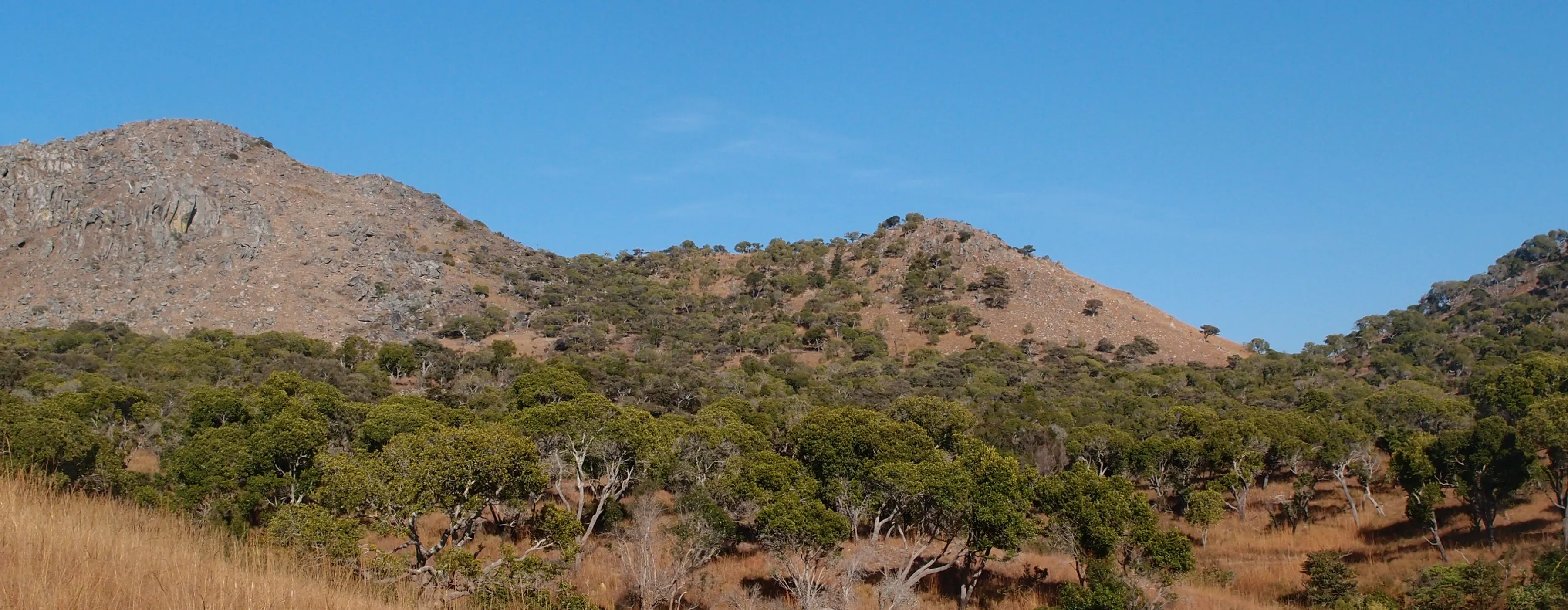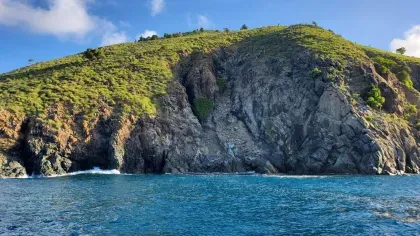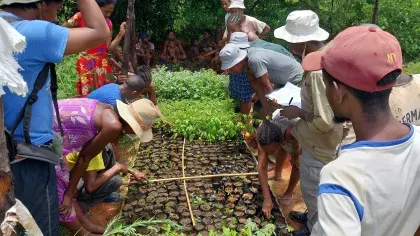19 May 2025
4 min read
From forest to family: how education is helping save Madagascar's dry forests
Conservation starts at home - especially when your home borders a disappearing forest.

For the communities surrounding Ankarafantsika National Park in northwestern Madagascar, the forest is more than a backdrop - it’s a lifeline. Families rely on its resources for farming, fishing, fuel, and livelihoods.
But years of pressure from fires, logging, and unsustainable land use have pushed this rare dry forest to the brink.
In response, a collaboration between Kew Madagascar’s Millennium Seed Bank Partnership (MSBP) team, Madagascar National Parks, and the Ministry of National Education is placing conservation at the heart of the classroom - empowering students, teachers, and parents to protect the forest they call home.
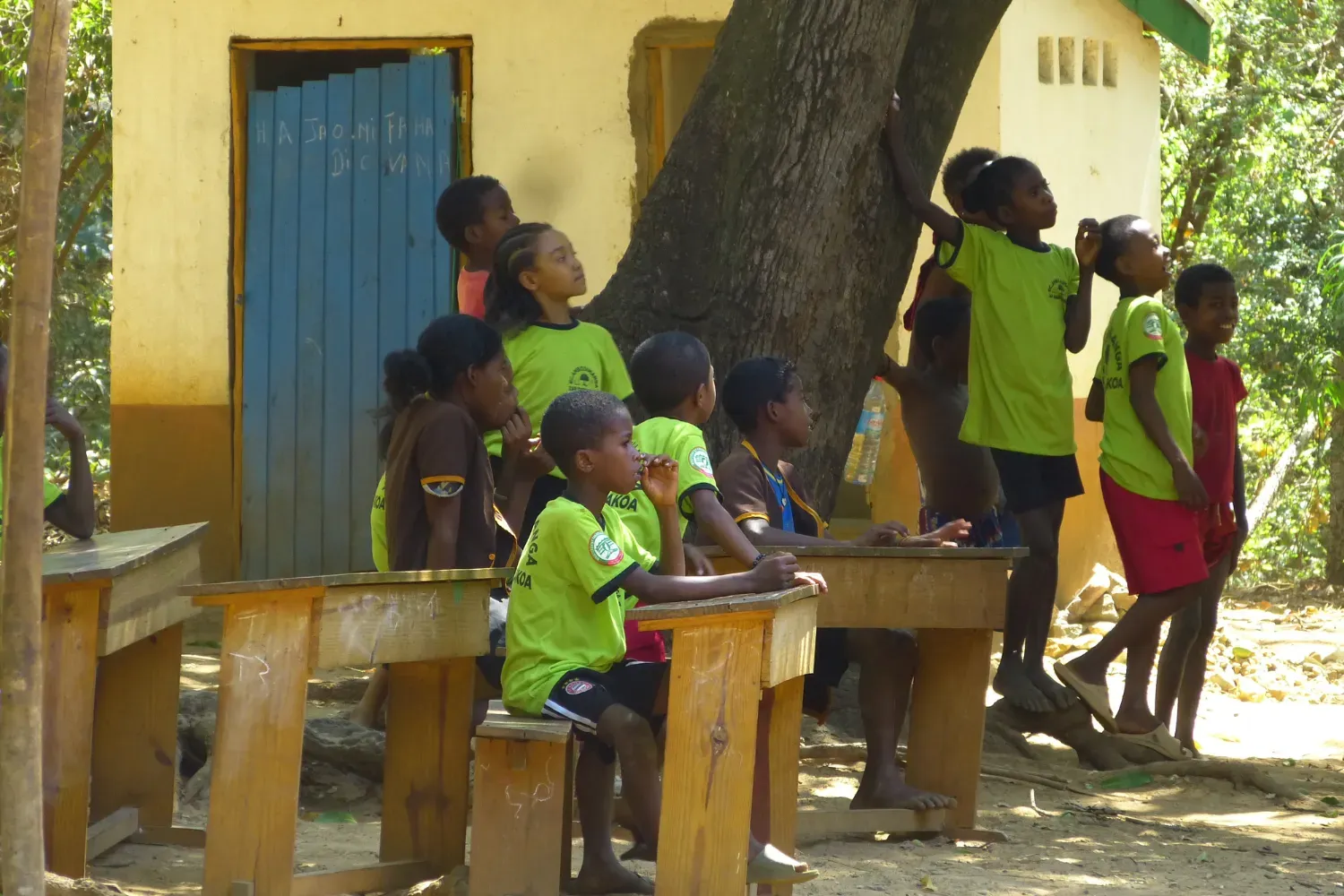
A forest under pressure
Ankarafantsika National Park (ANP) is the last major remnant of Madagascar’s tropical dry deciduous forest. Communities from diverse ethnic backgrounds - Betsileo, Betsimisaraka, Merina, Sihanaka, and Antandroy - live in the surrounding area and rely on the forest for agropastoral livelihoods.
Activities such as fishing, charcoal production, timber logging, and harvesting non-timber forest products like raffia palm and honey are widespread.
This ongoing use places immense pressure on the forest, which is increasingly vulnerable to fire. In October 2021, ANP suffered one of its most devastating wildfires, with over 1,000 hectares destroyed in a single event. Despite protection measures, the park continues to lose biodiversity and essential ecosystem services at an alarming rate.
Restoring a rare ecosystem
To combat this loss, conservation efforts in Ankarafantsika have intensified. Kew’s Millennium Seed Bank Partnership, supported by the Garfield Weston Foundation through the Global Tree Seed Bank: Unlocked programme, is leading forest restoration trials at the site.
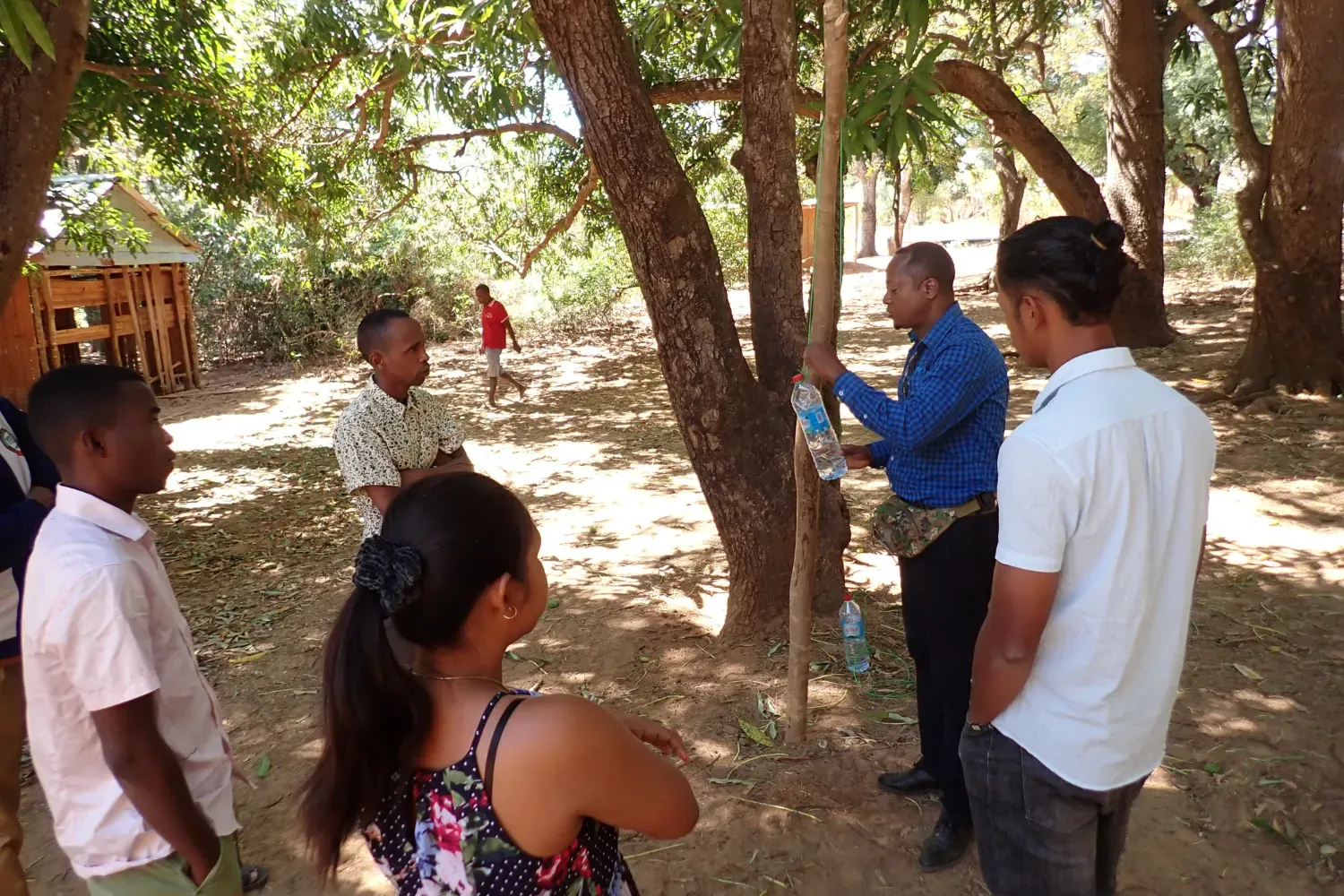
We’ve been active in Ankarafantsika since 2020, and our restoration work is already showing promise.
After one year, we recorded a remarkable 90% survival rate for planted seedlings.
But these efforts remain fragile. A single fire can erase years of progress in just one day. That’s why building a culture of environmental awareness and care is just as important as the science of restoration itself.
Conservation begins in the classroom
In October 2024, a new environmental education programme was launched at the public primary school in Ambodimanga, one of the villages closest to Ankarafantsika National Park.
Developed through a partnership between Madagascar National Parks, the MSBP team at Kew Madagascar and the Ministry of National Education, the programme aims to foster a generation of environmentally aware students who understand the importance of their natural surroundings.
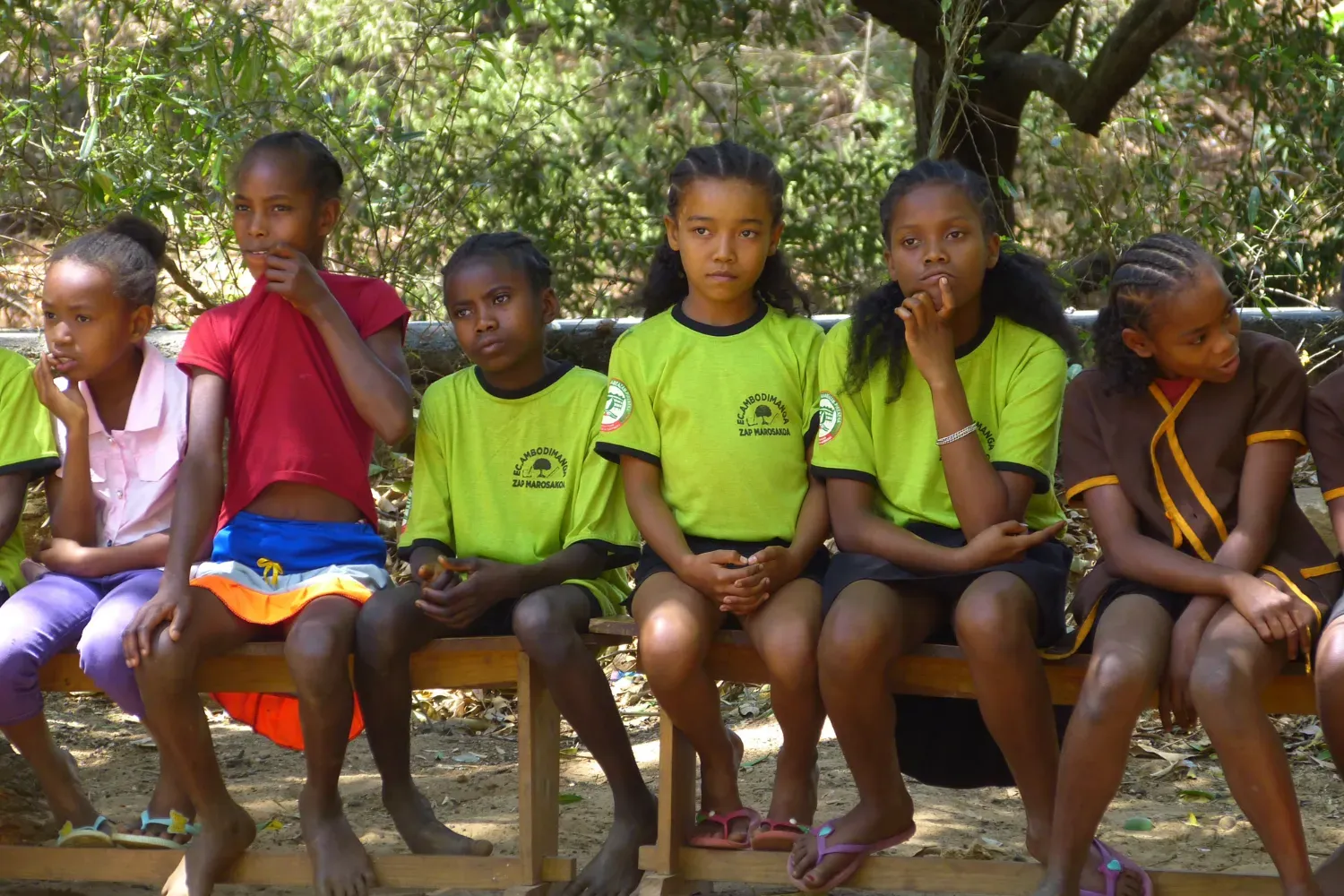
Twenty pupils are currently participating in a trial year. Their teachers received five days of training on how to engage young learners with topics such as biodiversity, forest ecosystems, and environmentally sustainable behaviour. The school now hosts a “green classroom,” connecting students with their environment through hands-on learning.
The programme’s goals include:
- Improved understanding of local ecosystems and the environmental challenges facing Ankarafantsika.
- Stronger critical thinking and discussion skills around conservation and sustainable choices.
- Greater community involvement, encouraging students, parents, and teachers to become active participants in protecting the park.
- Behavioural change, promoting eco-friendly actions at home and in the community.
- A deeper sense of connection to the landscape and its biodiversity.
Bringing conservation to life
Beyond the classroom, students also participated in key environmental events in 2024. On 30 October, they celebrated World Lemur Day—a chance to highlight Madagascar’s unique and inspiring plant life, while celebrating the island’s iconic primates - many of which rely on dry forest habitat. Activities included creative workshops, storytelling, and games that reinforced the importance of lemur conservation.
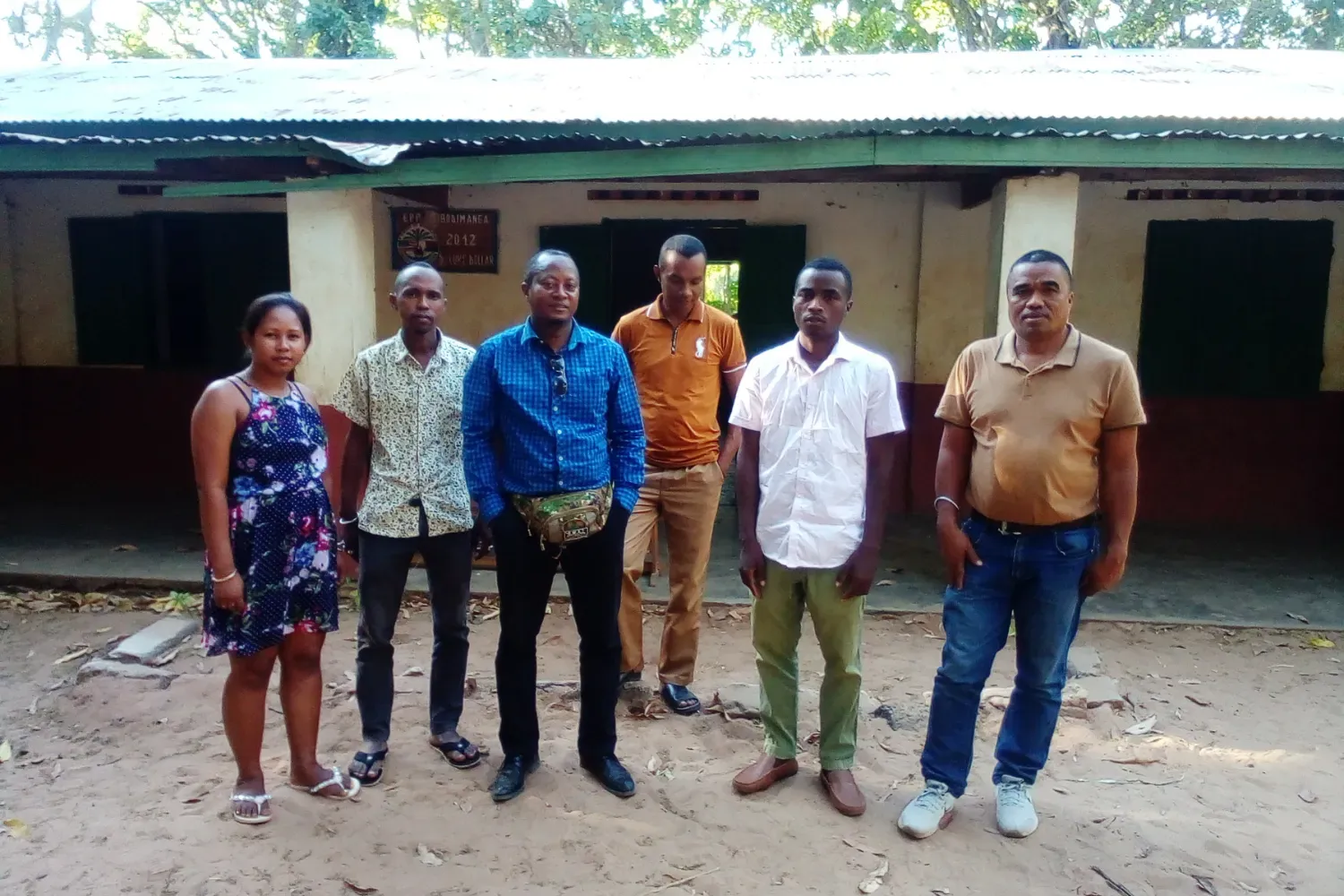
Looking ahead
Early signs suggest the programme is having a positive impact, with teachers reporting greater engagement and enthusiasm among students. The next step is to share the success of the “Green Saturday School” classes with other schools around Ankarafantsika. Collaboration with local organisations, technical experts, and community leaders will be vital as we work to scale up the programme and deepen its impact.
Ultimately, conserving Madagascar’s forests isn’t just a matter of planting trees. It’s about inspiring people - especially young people - to see themselves as caretakers of the landscape. By connecting education and restoration, we can nurture both ecosystems and the communities that depend on them.
References and further reading
- Non fire-adapted dry forest of Northwestern Madagascar: Escalating and devastating trends revealed by Landsat timeseries and GEDI lidar data.
- Global Soil Week Madagascar Report: Responsible land governance in LDN programmes - The risks of decoupling forest conservation from legitimate tenure rights in Madagascar.
- Accelerating regeneration and providing alternative livelihoods in Madagascar’s dry forests: Learn more about the project that is understanding the effects of dry forest degradation and fires on biodiversity to inform accelerated forest restoration by local communities in Ankarafantsika National Park.
Acknowledgements
We’d like to thank the Garfield Weston Foundation for helping make this initiative possible by funding our Global Tree Seed Bank: Unlocked programme.



